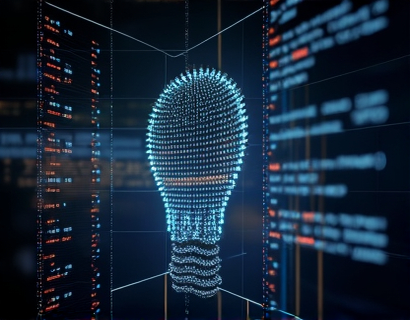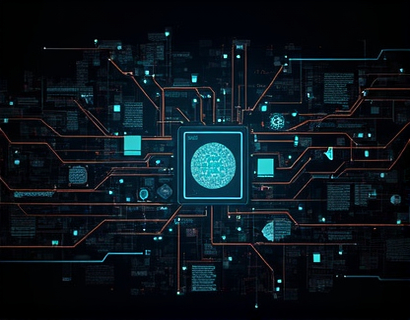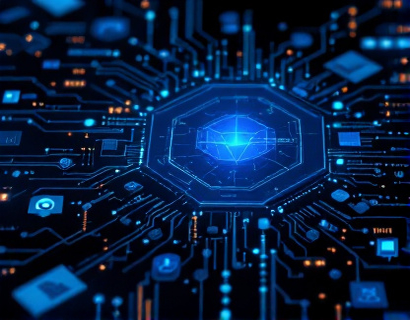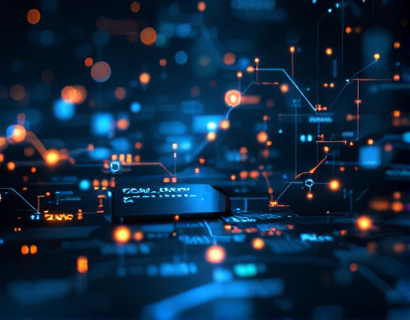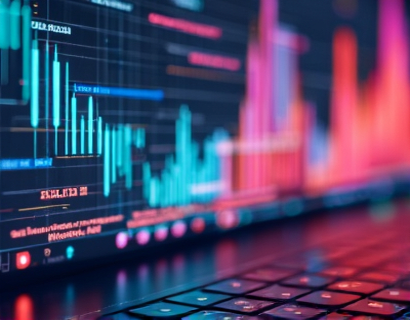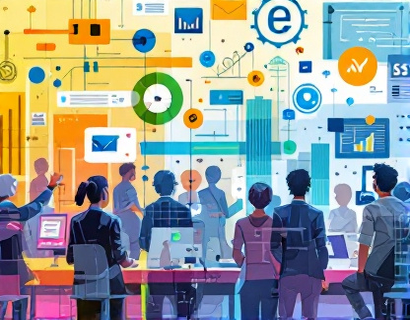Transforming Productivity with AI and Crypto: A New Era of Digital Solutions
The integration of artificial intelligence (AI) and cryptocurrency is revolutionizing the way we approach productivity and digital tasks. This fusion of technologies is not just a trend but a transformative shift that is redefining workflows and enhancing efficiency across various industries. For tech innovators and early adopters, understanding this synergy is crucial to staying ahead in the rapidly evolving digital landscape.
AI has been a game-changer in numerous sectors, from healthcare to finance, by automating complex processes and providing insights through data analysis. When combined with the decentralized and secure nature of cryptocurrency, the potential for innovation becomes even more profound. This article delves into how these advanced digital solutions are reshaping productivity, offering a glimpse into the future where seamless and efficient technologies are the norm.
Enhancing Workflow Efficiency with AI
AI technologies, particularly machine learning and natural language processing, are pivotal in streamlining workflows. Automation of repetitive tasks allows professionals to focus on higher-value activities that require human creativity and critical thinking. For instance, AI-driven tools can manage scheduling, data entry, and even preliminary data analysis, significantly reducing the time and effort required for these tasks.
In the context of office environments, AI-powered virtual assistants can handle a wide range of duties, from setting reminders to managing emails. These assistants learn from user behavior and preferences, adapting to provide more personalized and efficient support over time. This level of customization ensures that each user's workflow is optimized for their specific needs, leading to increased productivity and job satisfaction.
Cryptocurrency: A Secure and Decentralized Solution
Cryptocurrency, on the other hand, brings a new dimension of security and decentralization to digital transactions. Unlike traditional financial systems, cryptocurrencies operate on blockchain technology, which ensures transparency, immutability, and security. This makes them an ideal medium for transactions within AI-driven platforms, where data integrity and user privacy are paramount.
The use of cryptocurrency in AI applications also addresses the issue of data ownership and control. Users can transact and access services without relying on centralized authorities, reducing the risk of data breaches and unauthorized access. This decentralized approach empowers individuals and businesses, fostering a more equitable and secure digital ecosystem.
Synergy Between AI and Crypto: Ustreaming Productivity
The true power of combining AI and cryptocurrency lies in their synergistic effects. AI can leverage blockchain's transparency and security to enhance data processing and decision-making. For example, AI algorithms can analyze vast amounts of blockchain data to identify patterns and predict trends, providing valuable insights for businesses and individuals alike.
Moreover, smart contracts, a key feature of blockchain technology, can automate and enforce agreements between AI systems and users. This automation reduces the need for intermediaries, lowering transaction costs and increasing the speed of processes. In scenarios such as supply chain management, AI can track and verify the authenticity and movement of goods using smart contracts, ensuring efficiency and trust throughout the process.
Case Studies: Real-World Applications
Several industries are already reaping the benefits of AI and cryptocurrency integration. In the finance sector, decentralized finance (DeFi) platforms use AI to optimize trading strategies and risk management. These platforms offer users greater control over their financial assets while leveraging AI for predictive analytics and automated trading.
In the healthcare industry, AI-powered diagnostic tools combined with blockchain-based patient records ensure accurate and secure medical data management. This integration not only improves diagnostic accuracy but also enhances patient privacy and data security.
Another notable example is the use of AI in the real estate market, where blockchain ensures transparent and tamper-proof property transactions. AI algorithms can analyze market data and predict property values, helping investors make informed decisions. The combination of these technologies streamlines the buying and selling process, reducing fraud and increasing efficiency.
Challenges and Considerations
While the potential of AI and cryptocurrency is immense, there are challenges that need to be addressed. One of the primary concerns is the regulatory landscape. As these technologies continue to evolve, governments and regulatory bodies are grappling with how to govern them effectively. Ensuring compliance while fostering innovation is a delicate balance that requires collaboration between stakeholders.
Another challenge is the technical complexity involved in integrating AI and cryptocurrency solutions. Developers and businesses need to invest in skilled personnel and robust infrastructure to implement these technologies successfully. Education and training programs can play a crucial role in bridging the knowledge gap and preparing the workforce for this new era of digital productivity.
Future Prospects: A Look Ahead
The future of AI and cryptocurrency integration holds exciting possibilities. As technology advances, we can expect more sophisticated AI models that can operate seamlessly on blockchain networks. This could lead to the development of autonomous systems that can make decisions, execute transactions, and manage complex workflows with minimal human intervention.
Furthermore, the rise of Web 3.0, a decentralized internet powered by blockchain, will create new opportunities for AI-driven applications. In this environment, users will have greater control over their data and online experiences, fostering a more inclusive and user-centric digital world.
In conclusion, the fusion of AI and cryptocurrency is not just a technological advancement but a transformative force that is reshaping productivity and digital interactions. For those at the forefront of this revolution, embracing these technologies can lead to unprecedented levels of efficiency and innovation. As we move forward, the key will be to continue exploring, adapting, and leveraging these powerful tools to create a more connected and productive future.



